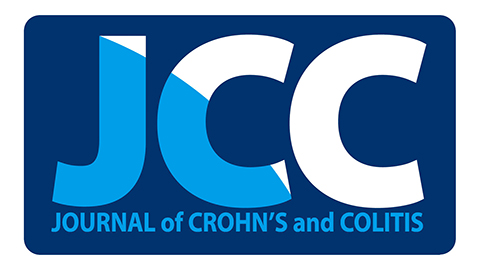“Nonalcoholic fatty liver disease (NAFLD) develops when the liver is unable to oxidize or export excess free fatty acids generated by adipose tissue lipolysis, de novo lipogenesis, or dietary intake. Although treatment has generally been centered on reversing metabolic risk factors that increase the likelihood of NAFLD by influencing lifestyle modifications, therapeutic modalities are being studied at the cellular and molecular level.
The endocannabinoid system has been of recent focus. The agonism and antagonism of cannabinoid receptors play roles in biochemical mechanisms involved in the development or regression of NAFLD. Exocannabinoids and endocannabinoids, the ligands which bind cannabinoid receptors, have been studied in this regard.
Exocannabinoids found in cannabis (marijuana) may have a therapeutic benefit. Our recent study demonstrated an inverse association between marijuana use and NAFLD among adults in the United States.
This commentary combines knowledge on the role of the endocannabinoid system in the setting of NAFLD with the findings in our article to hypothesize different potential mechanisms that may influence the inverse relationship between cannabis and NAFLD.” https://www.ncbi.nlm.nih.gov/pubmed/31308686

 “Omega-3 fatty acid derived endocannabinoids are metabolized by cytochrome P450s to form bioactive endocannabinoid epoxides that are anti-inflammatory.
“Omega-3 fatty acid derived endocannabinoids are metabolized by cytochrome P450s to form bioactive endocannabinoid epoxides that are anti-inflammatory.


